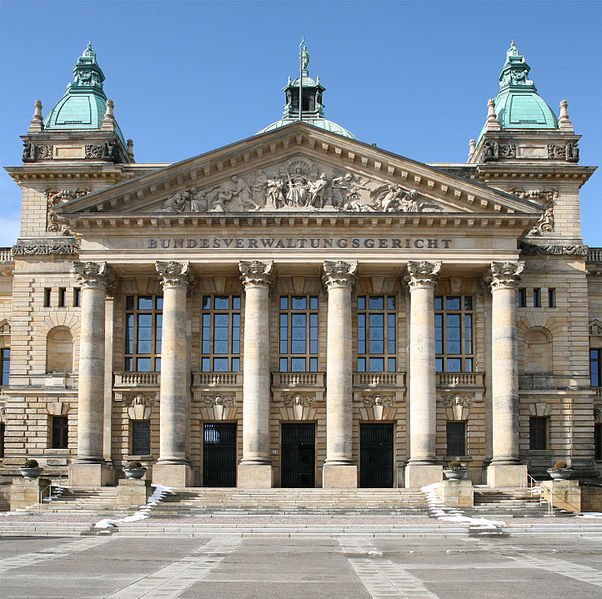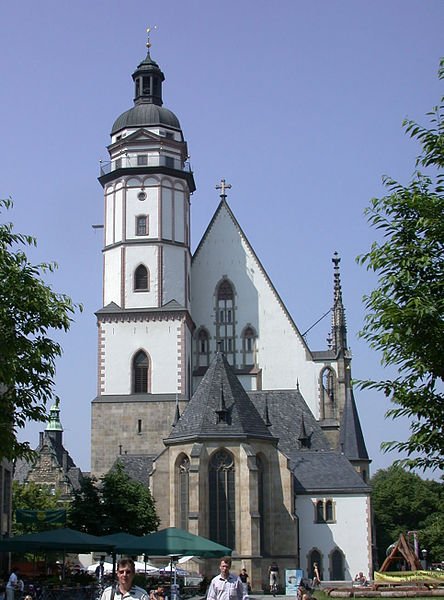 Bundesverwaltungsgericht, the Federal Administrative Court of Germany, Leipzig
Bundesverwaltungsgericht, the Federal Administrative Court of Germany, LeipzigSource: https://commons.wikimedia.org/wiki/File:Reichsgerichtsgebauede_-_frontal.jpg
Author: Polarlys

Leipzig is the largest city in the state of Saxony. With a population of over half a million, it is also the 12th largest city in Germany. The city of Leipzig got its name from the Slavic word Lipsk, which means a settlement in the grove of lime trees. It was first mentioned in 1015, and granted city status in 1165 by Otto the Rich, the Duke of Saxony. From the earliest times, Leipzig has always been a city of commerce. The Leipzig Trade Fair, documented to have been started as early as 1165, is still being held today as an international event is the oldest running trade fair in the world.
As with many cities in Germany, Leipzig suffered heavily from Allied bombing during the Second World War. After the war, Leipzig became part of East Germany until reunification.
Going to Leipzig
By PlaneThe Leipzig-Halle Airport (LEJ) is the second biggest airport in Eastern Germany after Berlin's Schönfeld Airport. It offers domestic and international flights.
 Thomaskirche, Leipzig
Thomaskirche, LeipzigSource: https://commons.wikimedia.org/wiki/File:Leipzig_Thomaskirche.jpg
Author: Dirk Goldhahn

By Train
The high-speed Inter City Express (ICE) trains connect Leipzig with Frankfurt (3.5 hours), Munich (about 4.5 hours), Hamburg (about 3 hours) and Berlin (a little over an hour). By Road
Leipzig can be reach on Autobahn A14 from the north/northeast, A9 from the west and A38 from the south.
Exploring Leipzig
The public transport operator in Leipzig is Leipziger Verkehrsbetriebe (LVB). It runs the trams and buses in the city.To use the Leipzig public transport to your heart's content, get the Leipzig Pass for €5.00, allowing you whole day passage, or the weekly ticket, for €17.40.
 Latest updates on Penang Travel Tips
Latest updates on Penang Travel Tips

Copyright © 2003-2025 Timothy Tye. All Rights Reserved.

 Go Back
Go Back